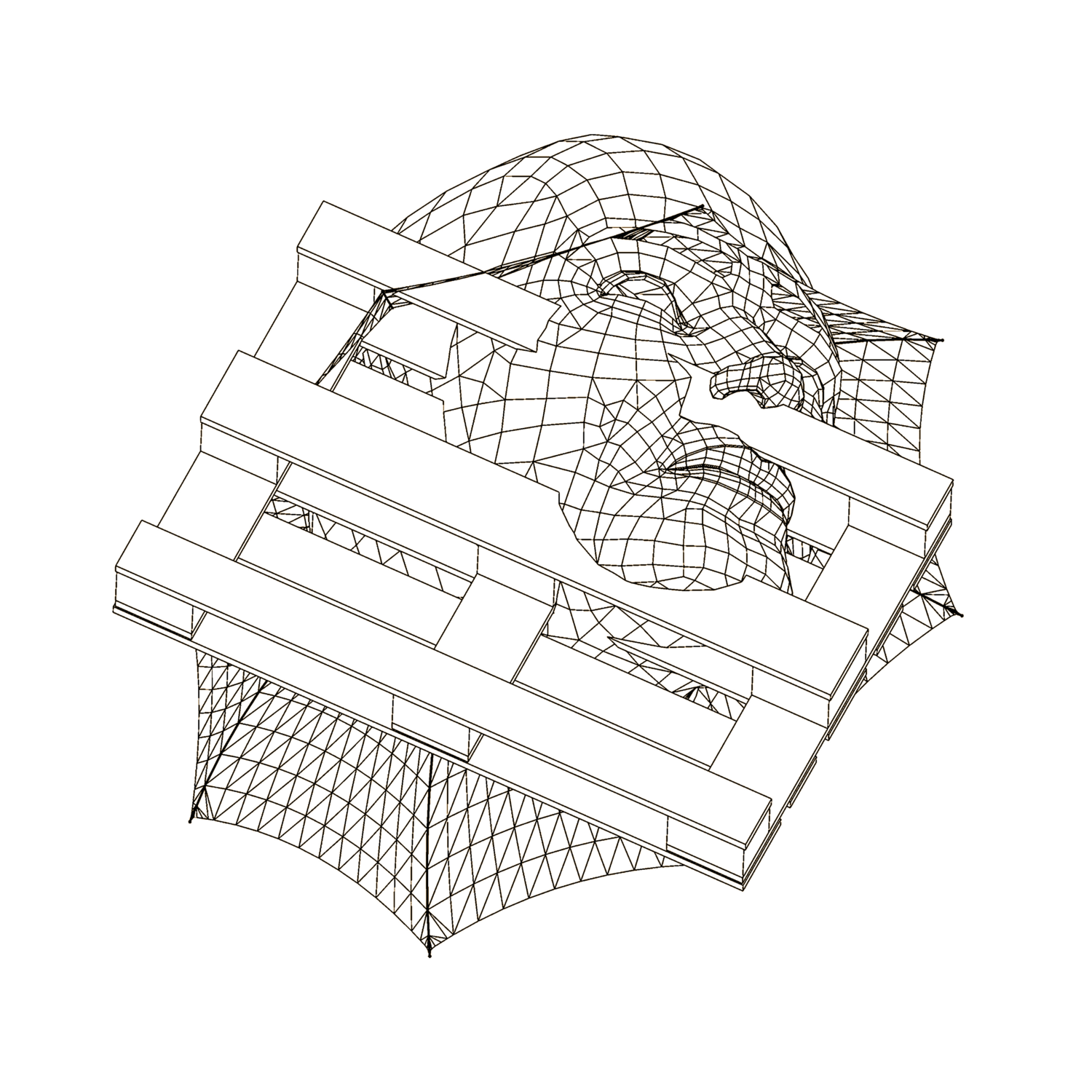Fear in Film: When Sound Scares Us
What is it about sound that can evoke our deepest, darkest emotions? Kieran Enright discusses fear in film in our spooky Soapbox special.
Alfred Hitchcock famously noted that “33% of the effect of ‘Psycho’ was due to the music”. Who could forget those iconic screeching violins? When the film was released back in 1960, it shocked audiences across the world. Today, in our modern desensitized culture, the film may have lost some of its shock-value. However, those violins still send a chill down my spine no-matter how many viewings I bestow on the classic. There is something primal about this kind of fear – a kind of aural horror.
In the midst of Halloween, I began revisiting some classic horror films in an attempt to better understand my deep fascination with the genre. Movies like that of Psycho, Halloween, and Suspiria continue to disturb me in a jarring way. Perhaps Hitchcock was correct in his assertion of sound as a key feature of fear in Psycho. If so, how well does a soundtrack cultivate fear in the horror genre as a whole? Why, exactly, does sound scare us?
Looking back through the horror genre over the decades, it’s easy to see how sound plays such a vital role in audience engagement. When we consider arguably the first horror movie ever made – Le Squelette Joyeux – the film reads more as a slapstick comedy than that of a horror. In the absence of sound, the film relies on imagery in its entirety. It wasn’t until Dracula, in 1931, that horror was finally given a voice. However, conceived during the transitional period between silent and sound film, the movie contains very little music, relegated only to the opening credits of the film, and a short theatre scene. The music used was an excerpt from Act II of Tchaikovsky’s Swan Lake. Albeit tragic, the score is not particularly horrifying.
Over time, cinematic techniques evolved, and so too did the role of sound in film. The film score began to play a central role in constructing a scene’s atmosphere and cinematic identity. John Carpenter’s Halloween employs this eldritch device in a fascinating way. Just like the trepidation felt at the thought of what appears behind Michael Myers’ mask in the film, the soundtrack cultivates a foreboding fear of what truly resides behind the suburbian everyday. The film’s soundtrack flows between scenes, cocking its head and promptly retreating into the shadows, much like its villain. Sound, in this instance, behaves as a supportive device in the cultivation of fear. How different is an audiences’ experience when sound goes beyond this complimentary threshold? What happens when sound occupies the cinematic space entirely?
For me, no soundtrack will ever have as much impact as that of Dario Argento’s Suspiria. The film’s sound is frenetic in the most gluttonous way. Just as Argento indulges scenes in vibrant hues, he matches them with an expansive, and tumultuous score. Composed and performed by the Italian progressive rock band Goblin, the film’s soundtrack erupts in fluorescent expressions of aural dread, resulting in a deeply disorienting and visceral experience for the audience. Characters operate on a completely different aural register to its soundtrack. Argento’s choice for the score to soar above the actors, even above the viewers was an intentional one. The films voice ultimately reads as perverse, intrusive, and acutely disturbing.
Unsurprisingly, there is scientific reason behind why certain sounds scare us. It turns out, the sound of fear originates in something called “non-linear noises”. An evolutionary biologist by the name of Daniel Blumstein set out to better understand these types of noises, and made some interesting discoveries involving the nature of human beings. In terms of evolution, non-linear sounds evoked a sense of danger. His study of human sound perception arose from observing yellow-bellied marmots, a species akin to that of a squirrel. Screams from baby marmots alerted their parents of distress. The same can be said for human children. Babies can sometimes produce blood-curdling screams which can trigger even the harshest critic of children to come to their aid. So, it seems that sound doesn’t so much as scare us but warn us of potential danger. Blumstein’s study poses an interesting question pertaining to the future of fear in film. If directors have harnessed non-linear sound as a means to scare, is it possible that such a sound can be created that goes beyond simple fright? A use of sound so guttural that it evokes the darkest fear humanly possible?
Over the years, there have been some remarkable uses of sound in cinema. Then, what about the absence of sound? Discounting Le Squelette Joyeux, many films seem to employ a lack of sound as a fear device. Think A Quiet Place, or The VVitch. We have become so accustomed to the use of sound to scare us that it’s fascinating to see pieces of film use its antithesis to achieve the same result. It’s something I refer to as “fear by disassociation“. When a piece of media refuses to tell us how to feel, the onus is placed upon the audience to fill this empty space themselves. It renders this fear completely subjective, meaning that each viewer leaves the film with a completely independent perspective of what exactly scared them. And that’s really the scariest part, right?
Sound is but a piece of the puzzle in the jigsaw that is fear. And yet, an important one – maybe a corner piece. I urge you consider the use of sound the next time you sit to watch a horror film. Horror, unlike any other genre, delivers some of the most striking assaults on the senses ever to be committed in film. Keep your ears open next time, even if your eyes aren’t.






